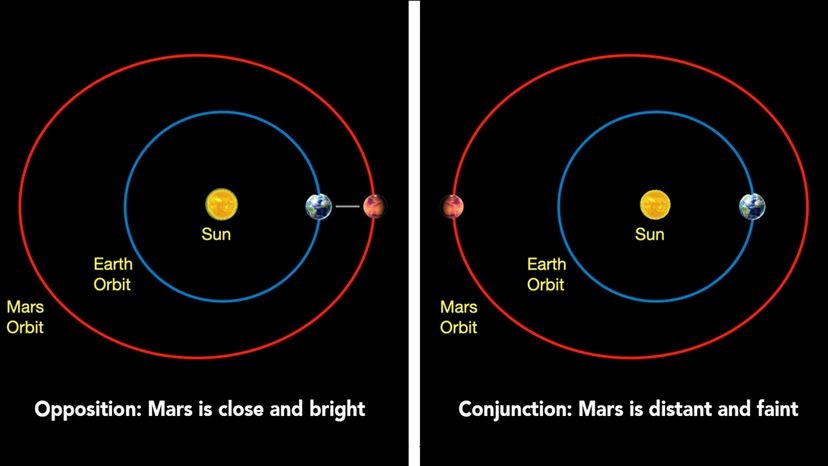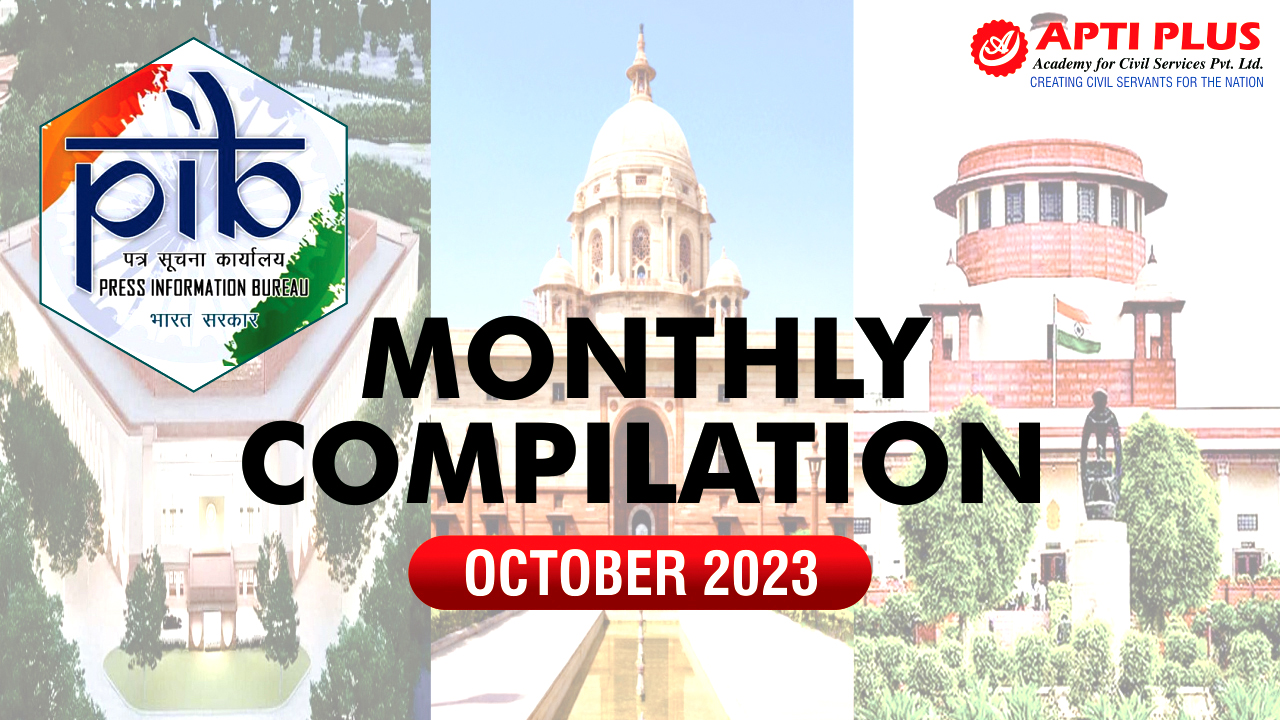Description

Disclaimer: Copyright infringement not intended.
Context
NASA has stopped sending commands to its fleet of robotic probes on or orbiting the red planet because the Sun is in between Earth and Mars.
Details
- NASA has suspended the transmission of commands to its fleet of robotic probes stationed on or orbiting Mars.
- This decision is a precautionary measure due to the Sun's position between Earth and Mars during the Mars solar conjunction period, lasting from November 11 to November 25.
- The Sun's expulsion of hot, ionized gas from its corona poses a risk of corrupting radio signals sent from Earth to Mars. This interference could lead to unexpected behaviors in the spacecraft situated on Mars.
Mission Operations during Conjunction
- Continued Monitoring: Although commands are paused, the Perseverance and Curiosity rovers will remain stationary but continue monitoring surface conditions, weather patterns, and radiation levels. The Ingenuity helicopter, grounded during this period, will utilize its color camera to study sand movement. Meanwhile, Mars Reconnaissance and Odyssey orbiters will continue imaging the planet's surface.
- Health Updates and Communication Breaks: NASA will still receive health updates from the spacecraft, except for two days when Mars will be entirely behind the Sun's disk, causing a complete break in communication.
About the conjunction
- Mars solar conjunction is a period when Mars passes almost directly behind the Sun from Earth's perspective.
- This celestial event occurs approximately every 26 months and lasts for about two weeks.
- During this time, communication between Earth and Mars probes, rovers, and orbiters is significantly disrupted or, in some cases, completely suspended due to interference from the Sun's radio emissions.

Causes and Duration:
- Relative Positions: Mars solar conjunction occurs when Mars and the Sun are on opposite sides of Earth. This situation leads to interference because the Sun emits radio waves that can overwhelm the faint signals from spacecraft around Mars.
- Frequency: The conjunction happens roughly every 26 months as both Earth and Mars orbit the Sun at different speeds and distances.
- Duration: Typically, the period of Mars solar conjunction lasts around two weeks, during which communication blackout or severe disruption is expected.
Effects:
- Communication Blackout: Direct communication between Earth and Mars-based probes, rovers, and orbiters becomes challenging or impossible due to the interference from the Sun's radio emissions.
- Precautionary Measures: Space agencies often take precautionary measures to protect their spacecraft during this phase. Engineers might adjust orbits or put spacecraft into safe mode to minimize the risk of damage due to the lack of real-time communication.
- Limited Operations: Scientific activities or commands sent to the Mars-based assets are usually halted or significantly reduced during this period. Rovers may continue some autonomous operations but usually with limited capability.
Impact on Missions:
- Mission Planning: Space agencies carefully plan missions to account for this period. They schedule intensive data collection before and after the conjunction to compensate for the downtime.
- Data Storage: Some spacecraft store data locally during the conjunction and transmit it back to Earth once the communication link is reestablished.
- Engineered Solutions: Engineers continually work on improving communication protocols and technologies to minimize the impact of conjunctions on Mars missions.
Importance:
- Understanding the Sun-Earth-Mars Dynamics: Studying Mars solar conjunction helps scientists and engineers understand the challenges of interplanetary communication, enabling better preparedness for future missions.
- Mission Resilience: Managing communication disruptions during Mars solar conjunction showcases the resilience of space missions and the adaptability of spacecraft and technology in extreme conditions.
.jpg)
Conclusion
Mars solar conjunction represents a significant challenge for interplanetary missions due to communication disruptions caused by the Sun's interference. Space agencies prepare in advance for this event, taking precautionary measures to safeguard spacecraft and adjusting operational strategies to mitigate the impact. Understanding and managing these challenges contribute to the advancement of space exploration and our knowledge of the solar system.
|
PRACTICE QUESTION
Q. Discuss the significance of Mars solar conjunction in the context of interplanetary missions. How does this celestial event impact communication between Earth and Mars-based spacecraft? Explain the measures taken by space agencies to mitigate the challenges posed by Mars solar conjunction. (250 Words)
|











